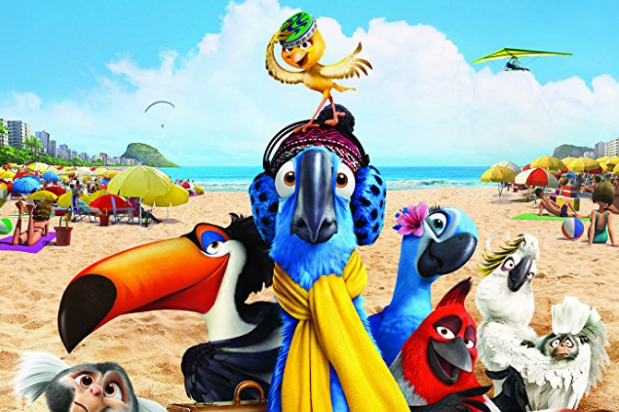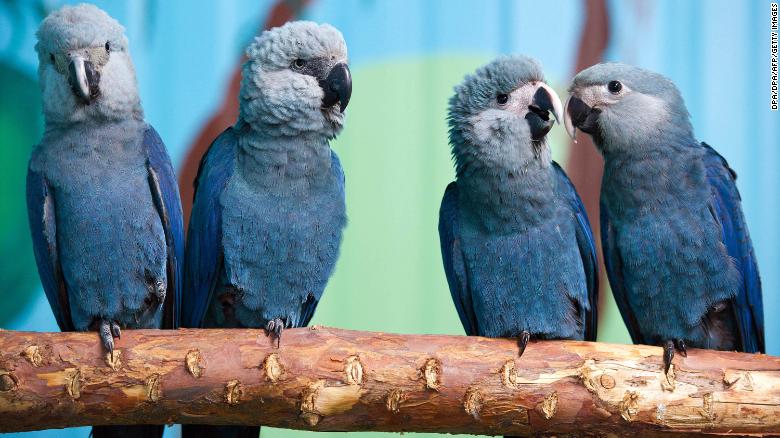The Spix’s macaw parrot, which was fictionalized as “Blu,” achieved onscreen fame in the 20th Century Fox’s “Rio” as a beautiful blue bird who flew all the way to Rio de Janeiro in an attempt to save his species.
But a new study that was released this week officially confirmed the Brazilian bird is now classified as “extinct in the wild.” According to BirdLife International, an organization that helps in the conservation of birds, reported that the Spix’s macaw is one of the eight species confirmed extinct or suspected to be on the brink of extinction.

Aside from the Spix’s macaw, the glaucous macaw and Pernambuco pygmy-owl also made it on the list of confirmed or highly likely extinctions.
“The last known individual [Spix’s macaw] in the wild disappeared in 2001, but searches have been ongoing since then and it is only now that we feel confident enough to classify it as extinct in the wild,” co-author of the report, Stuart Butchart said.

In an interview by ABC News, the researchers said these latest losses highlighted the urgency of the current extinction crisis, bringing the number of confirmed or likely bird extinctions up to 187 since the year 1500.
The latest report used new approaches to analyze data on birds classed as “critically endangered” — the highest possible threat category. However, determining whether a species is extinct would be such a lengthy, complex process, involving ‘exhaustive’ surveys.
For over eight years, the authors have assessed 51 critically endangered species.
They recommended three species formerly considered critically endangered (possibly extinct) should now be reclassified as ‘extinct’, while the Spix’s macaw should be treated as ‘extinct in the wild.’
The latest report however noted five of the eight newly identified extinctions took place on the South American continent, four of them in Brazil. Researchers said that deforestation is the primary cause of the disappearance of these birds from its natural habitat.
“People think of extinctions and think of the dodo but our analysis shows that extinctions are continuing and accelerating today. Historically 90% of bird extinctions have been small populations on remote islands. Our evidence shows there is a growing wave of extinctions on continents, resulting from habitat loss and degradation driven by unsustainable agriculture and logging in particular,” Butchart added.
However, there is still hope left for the Spix’s macaw as the classification “possibly extinct in the wild” corresponds to species known to still survive in captivity.
Mr. Butchart said that, “A program is underway to build up this population and hopefully release into the wild in due course.”
Sadly, that is not the case for the others identified as extinct and in the past, not all attempts to breed endangered species in captivity have succeeded.

